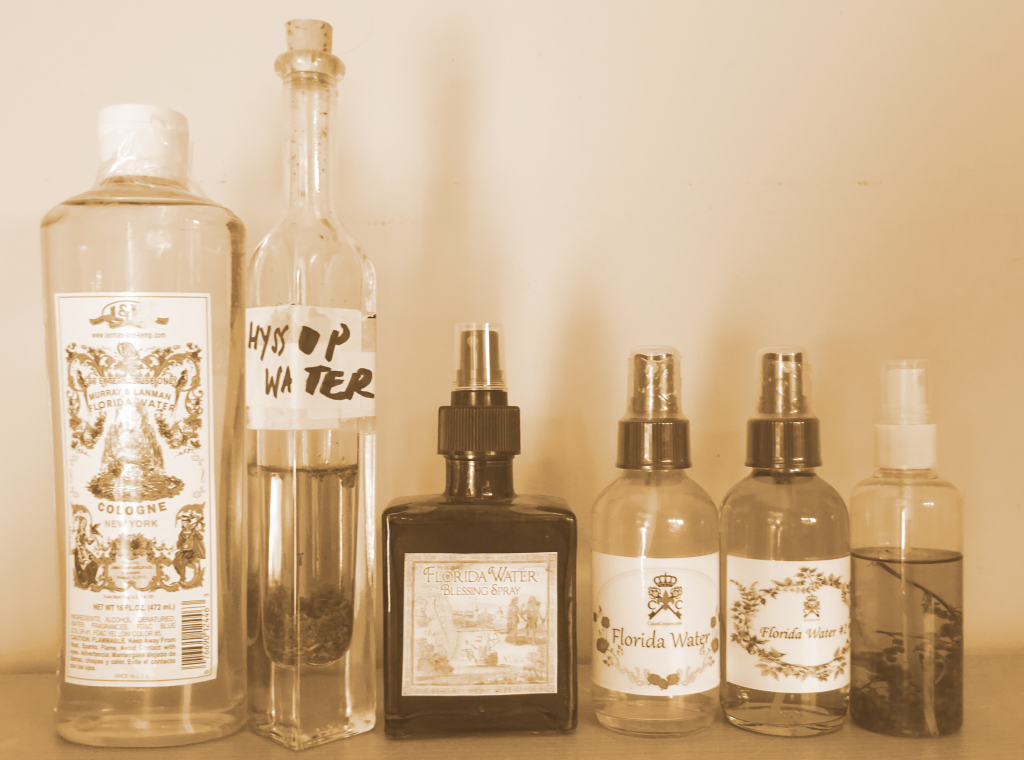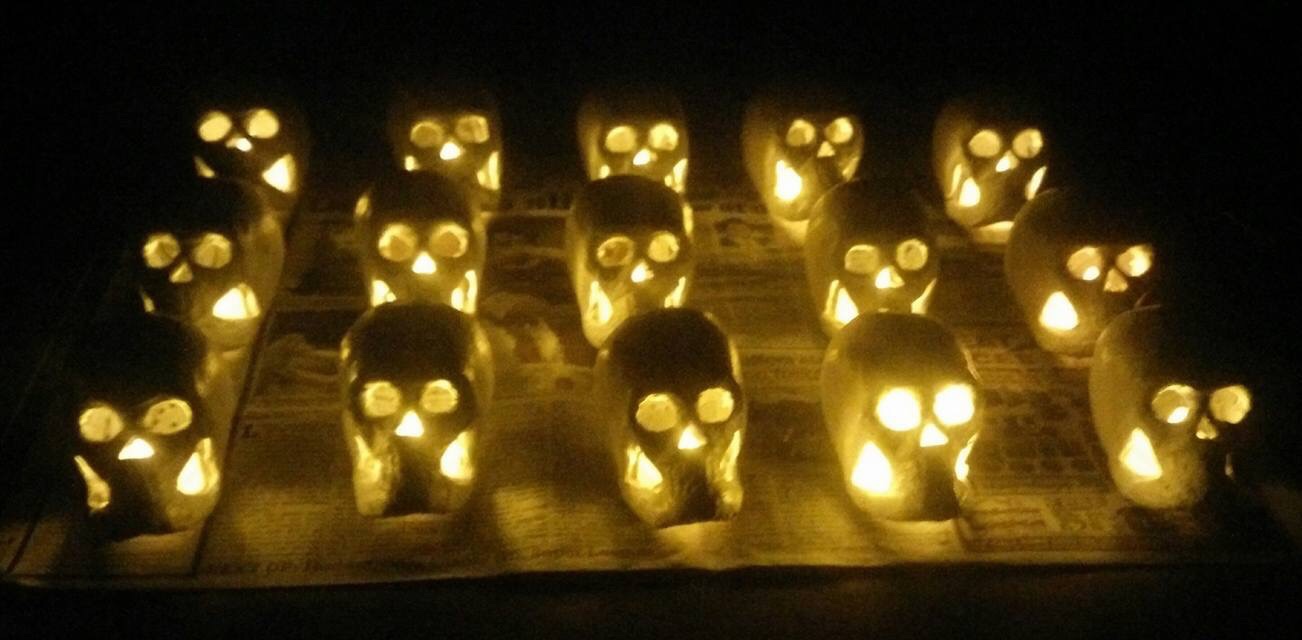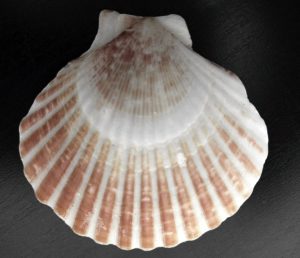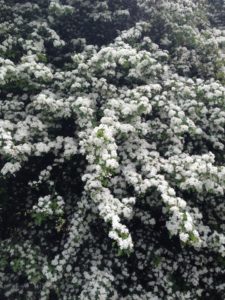I have a problem, I am addicted to Florida water. I am starting to think that the next time someone asks me what key tool a beginning witch “must have”, I am going to reply “Murray & Lanmans”. Got a spot? Dab on Florida Water. Want to spritz some sheets at the cheap motel you’re staying in? Florida Water is your guy. Energy feel funky after your Mother in Law has left the building? Can’t go far wrong with Florida water. Need to cleanse a item before you put it on an Altar? Yes you guessed it, in fact you may as well use it to wash the Altar down whilst your at it. Got a noisy spirit? Florida water, Florida water, Florida Water.
It is part of my every day routine, when I get up in the morning before I sit down to work I spritz my entire working area to get rid of anything that might be hanging round from the day before. I even clean my glasses with it before I start writing, and as I rub making sure those lenses are squeaky clean I focus on seeing through any illusion and working with clear sight. Possibly a little new age, but it works for me and its a consistent and focussed spiritual hygiene routine. Something that so many people fail to do and yet is so fundamentally important. Waiting until your all grubbied up with spiritual gunk (and I have done it myself so this tiny nag is coming from a place of experience and love) just makes it so much harder to get truly clean when the proverbial hits the fan, so why not do a little everyday?

I have a bottle on my desk and a bottle in my handbag, wherever I go I pick up unique brands and handmade bottles.
I have a bottle on my desk and a bottle in my handbag, when I visit new countries, metaphysical shops and conferences I will snag unique brands and handmade potions, often designating certain bottles for very specific purposes because I know it’s highly unlikely I will manage to get hold of the stuff again. There are probably dozens of recipes available online to make your own, if you are that way inclined (like here *) but I am forever the lazy witch and I do like to support independent businesses.
What I do though, for the stuff I use daily is doctor the mass produced stuff which I buy from Ebay. It adds a little bit of my own personal zing to the mix. Even my husband who hates all my “pongy stuff” like fragranced candles, incenses and joss sticks likes my Florida water. Now that is saying something.
The recipe is very simple and you can adapt it as you see fit or even for specific purposes:
- 3 parts Florida water (I make small batches so I am looking at about 9 fl. Oz)
- 1 part good quality Rose water (3 fl oz.)
- A good handful of Mugwort (Artemisia Vulgaris) preferably the flowers, I would like to be specific but I can’t, its sort of how I feel at the time.
- A dozen drops of lemongrass essential oil.
- A six drops of Frankincense oil.
Shake well together and bottle it up into a spritz (I leave the mugwort in to infuse – it does sometimes block the spritz tube but a quick shake normally sorts it).
NOTE: When I first started using Florida water I have to confess I was a little nervous about telling people that I was doing it. People get jumped on for appropriation all the time on the internet. I don’t know what it is about the internet but it just brings out the worst in people. Anyway I came across people in folk magic groups claiming that unless you were an old time Conjure or Root-worker then you shouldn’t be using this stuff. So me, being me, did a little research.

Flowery Waters have been used the world over!
“Flowery” waters, because that is what “Florida” means in Latin, have been used all over the world for as long as humanity has been able to distill. We have documentary evidence of Alchemists making alcohol based distillates as early as the 9th century in the Middle East and there is even an 11th century Cistercian Abbey in Wales, now sadly ruined, which was situated in a lovely place known as Strata Florida, or the Flowery Valley. The Cistercian Order were well known for their brewing and distilling and some anecdotal stories circulate that they chose that valley specifically for the types of medicinal flowers that grew there. Its not a massive leap to think that they may well have made flowery distillates. Rose and Orange Flower water is still used today for skincare and for cooking. And what is Bach’s rescue remedy if not a flowery distillate? The eau de Cologne we know as Florida Water did not even appear until the 19th century so is really quite late to the party. The manufacturers even marketed it using the myth of the Fountain of Youth being located Florida, a myth which originated in Europe. Its success was phenomenal and was being used by rich and poor, black and white alike, it’s uses were multitudinous; a disinfectant and cleanser, an astringent, a restorative tonic to aid digestion, a perfume, a cure for headaches the list was almost endless.
So although I am not sure I would encourage anybody to drink the stuff and perhaps some of the “medicinal cures” are scientifically suspect, we cannot fail to recognise that magical Flowery waters are a world wide phenomenon which have been used for healing, cleansing and perfuming us for a very long time and therefore open to everybody, no gatekeeping required.
*I particularly like the Ritual & Vibe recipe because it contains lavender, bergamot, lemon and orange which are all though to be traditional components of the original Murray & Lanmans recipe

 I’m going to have to have a little rant. Because to be frank it’s been bugging me. I love Halloween as much as the next person, but please by all that is orange and pumpkin like don’t confuse the modern holiday of Halloween with the festival of Samhain, or Nos Calan Gaeaf for that matter.
I’m going to have to have a little rant. Because to be frank it’s been bugging me. I love Halloween as much as the next person, but please by all that is orange and pumpkin like don’t confuse the modern holiday of Halloween with the festival of Samhain, or Nos Calan Gaeaf for that matter. It’s that time of year when the whole, “Why is the Equinox called Mabon?” debate rears it’s ugly head. Like many Gardnerians I’m fairly unimpressed by the name thanks to a whole bunch politics. There are other names for the festival, however, my personal preference is Equinox. It’s a good sturdy name that even those who do not follow my path understand. But On the whole I’m pretty happy to state that it’s each to their own.
It’s that time of year when the whole, “Why is the Equinox called Mabon?” debate rears it’s ugly head. Like many Gardnerians I’m fairly unimpressed by the name thanks to a whole bunch politics. There are other names for the festival, however, my personal preference is Equinox. It’s a good sturdy name that even those who do not follow my path understand. But On the whole I’m pretty happy to state that it’s each to their own.


 As I mentioned earlier this year, I am spending much of the next year studying the Ogham and by default the lore and uses of the trees in the Ogham sets. As May has come around it became very obvious as the sultry scent of Mayflower assaulted my nostrils each time I went walking that my tree for this month had to be The Hawthorn. It’s l
As I mentioned earlier this year, I am spending much of the next year studying the Ogham and by default the lore and uses of the trees in the Ogham sets. As May has come around it became very obvious as the sultry scent of Mayflower assaulted my nostrils each time I went walking that my tree for this month had to be The Hawthorn. It’s l These trees are considered very liminal in nature. And the locations in which they grow are thought not only to be great places of power but also spaces where the veil between this world and the other is the thinnest. Therefore performing divination, energy healing, communing with the Genius Loci are all great activities to carry out under the watchful presence of a Hawthorn tree. [2. Celtic Tree Magic by Danu Forest]
These trees are considered very liminal in nature. And the locations in which they grow are thought not only to be great places of power but also spaces where the veil between this world and the other is the thinnest. Therefore performing divination, energy healing, communing with the Genius Loci are all great activities to carry out under the watchful presence of a Hawthorn tree. [2. Celtic Tree Magic by Danu Forest]